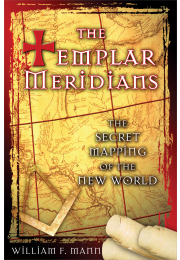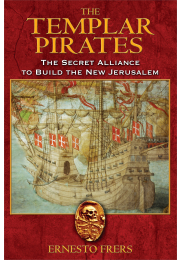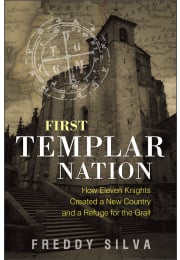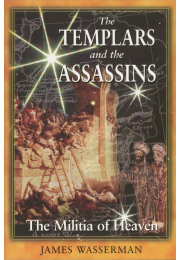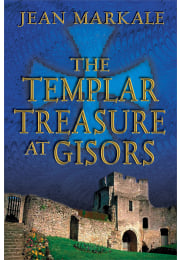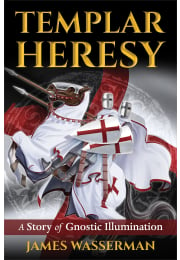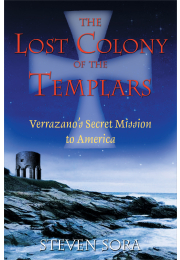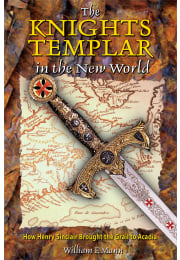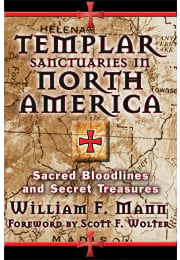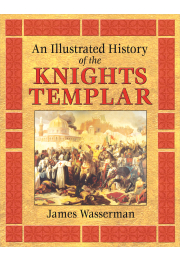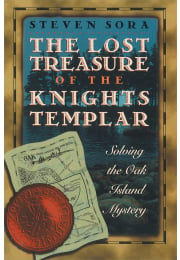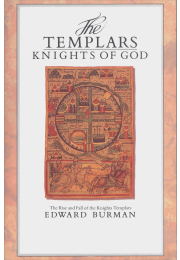Search results for: 'the templar meridians'
- Did you mean
- the temple meridians
- the templ meridians
Books > Esoteric & Occult > Templars & Secret Societies
Knights Templar & Secret Society Books Available in Our Online Store
Browse the Inner Tradition...
Books > Holistic Health > Traditional Chinese Medicine
Traditional Chinese Medicine Books Available in Our Online Store
Browse the Inner Traditions online...


